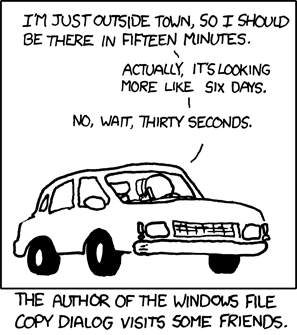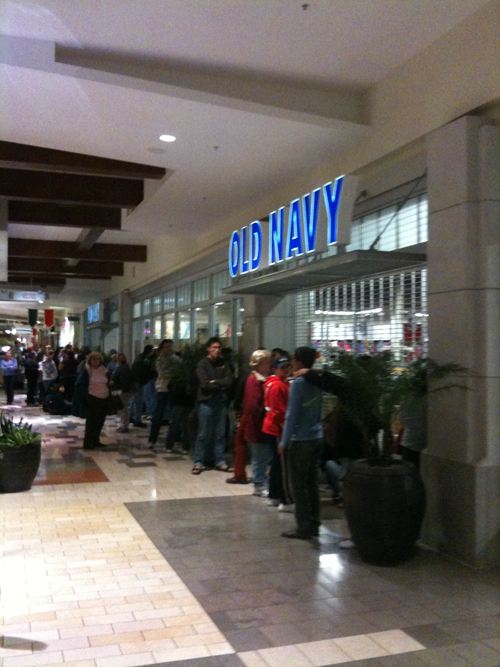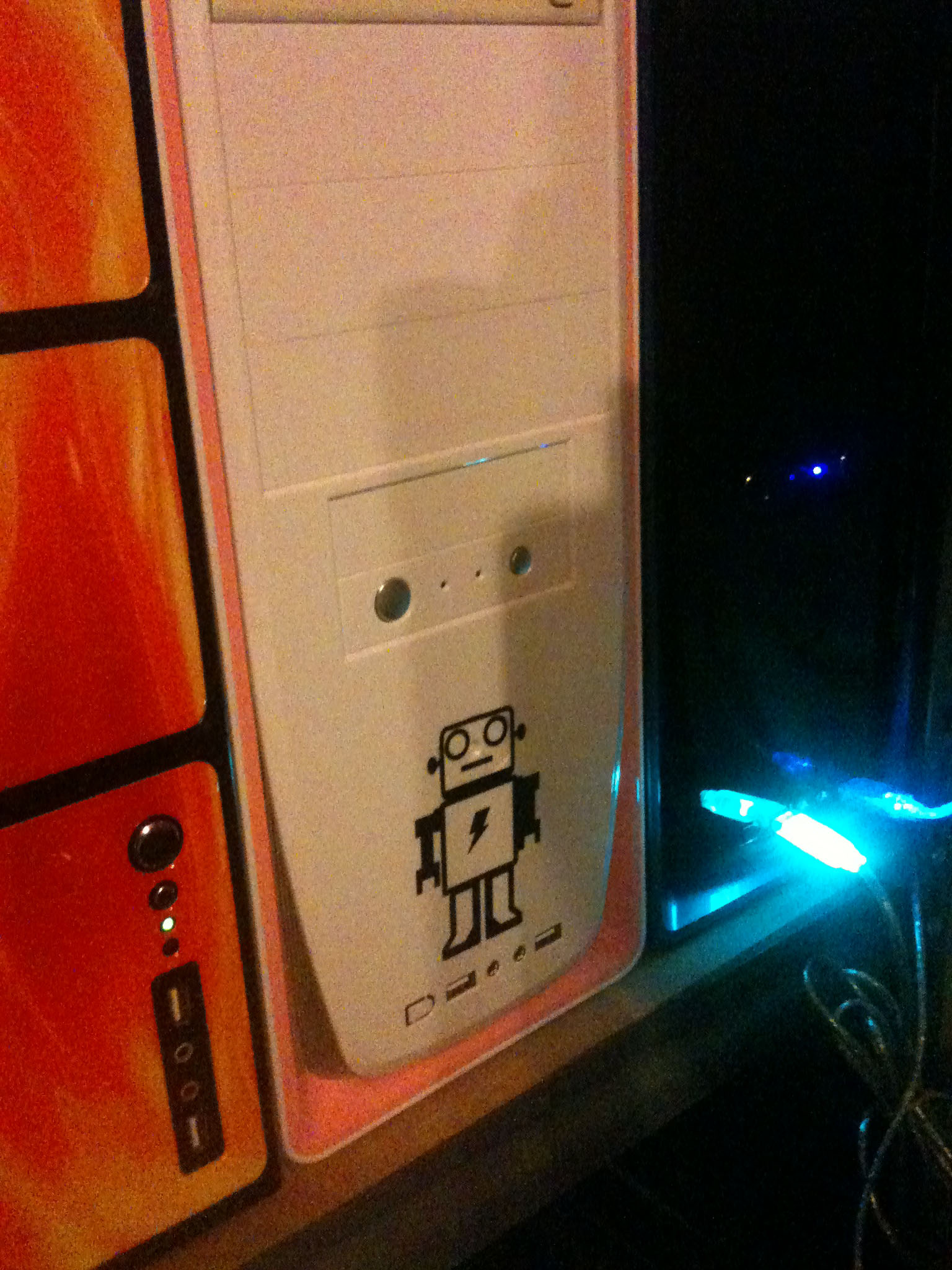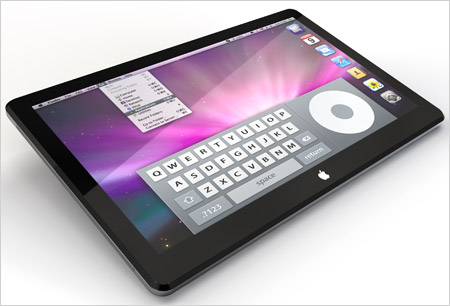Given my previous blog about the future of comics, it was great to see Mik Pascal bring his popular (and very un-PC) comic “Bru-Hed’s Guide to Gettin’ Girls NOW!” to the Kindle. If you’ve got an e-reading device (or even just an Amazon account), you can download this out-of-print funnybook for the bargain price of $0.99 right now. Who knew old Bru-Hed would prove a leader in technology?
Here’s the press release:
December 1, 2009
FOR IMMEDIATE RELEASE
Amazon offers first traditional comic books on Kindle format
Alternative publishers beat out giants Marvel and DC for milestone
(Modesto, CA) Traditional comic books have finally joined the many thousands of books available on Amazon’s popular Kindle e-reader. However, the largest players, Marvel and DC (publishers of Spider-Man and Batman, respectively), are so far nowhere to be found. Instead, readers can find a small selection of alternative publisher fare, a few even produced by a single individual rather than the usual “assembly line” of mainstream comics.
One such comic that just became available is BRU-HED’S GUIDE TO GETTIN’ GIRLS NOW! by Mike Pascale and his Schism Comics imprint, celebrating its 10th anniversary of last publication. The comedic black-and-white, 28-page (including covers) comic books, first published in paper form in 1997 (volume 1) and 1999 (volume 2), are now uploadable to the Kindle for a fraction of their original $2.50 cover price. At just 99 cents each, it may well be the format of the future for the over 75-year-old American comic book format.
“This was a no-brainer,” explains writer-artist Mike Pascale. “I was alerted to the possibility by Pete Bickford of the dominant online comic-book marketplace atomicavenue.com, who educated me about the format and inherent opportunity. Since the big mainstream publishers’ titles are in color, they’re probably waiting for a color version of the Kindle. But for independent black-and-white comic creators like myself, this is an ideal way to get my characters and comics to the masses on a level playing field at an affordable price. Since my first published book, the ‘Test-Market Ashcan Edition’ of BRU-HED back in 1993 was the first US comic book with a fully digitally-painted cover, being ‘first’ in another digital domain seemed natural. I hope to entertain as many folks as possible with this new format in the future, and that my fellow creators will follow suit with this innovative and popular device. I’m very, very grateful to Amazon for giving us ‘little guys’ the same opportunity as the majors.”
The “e-comic” features various single- and multi-page gags showing the big-headed, beer-drinking, sexist-but-laughable Bru-Hed offering “advice” on picking up women, which often lands him in various stages of trouble. The character has also appeared briefly on MTV, the Sci-Fi channel, and The Tonight Show with Jay Leno. BRU-HED’S GUIDE TO GETTIN’ GIRLS NOW! volumes 1 and 2 are available from Amazon.com’s Kindle Store for .99 each, and will play on any Kindle, PC, or supported wireless device such as Apple’s iPhone.
Press Contact:
Mike Pascale
Schism Comics
3013 Da Vinci Ct
Modesto, CA 95355
USA








